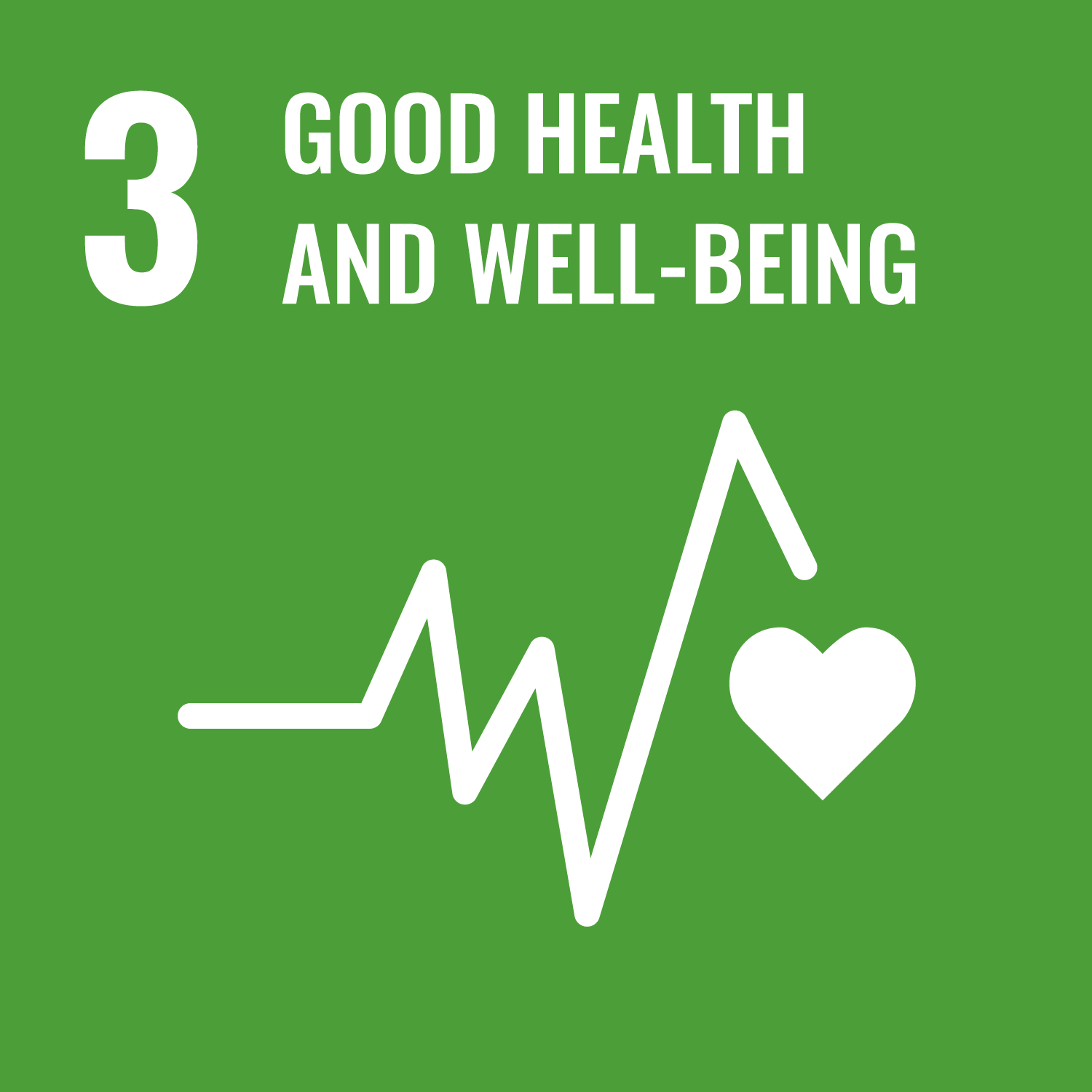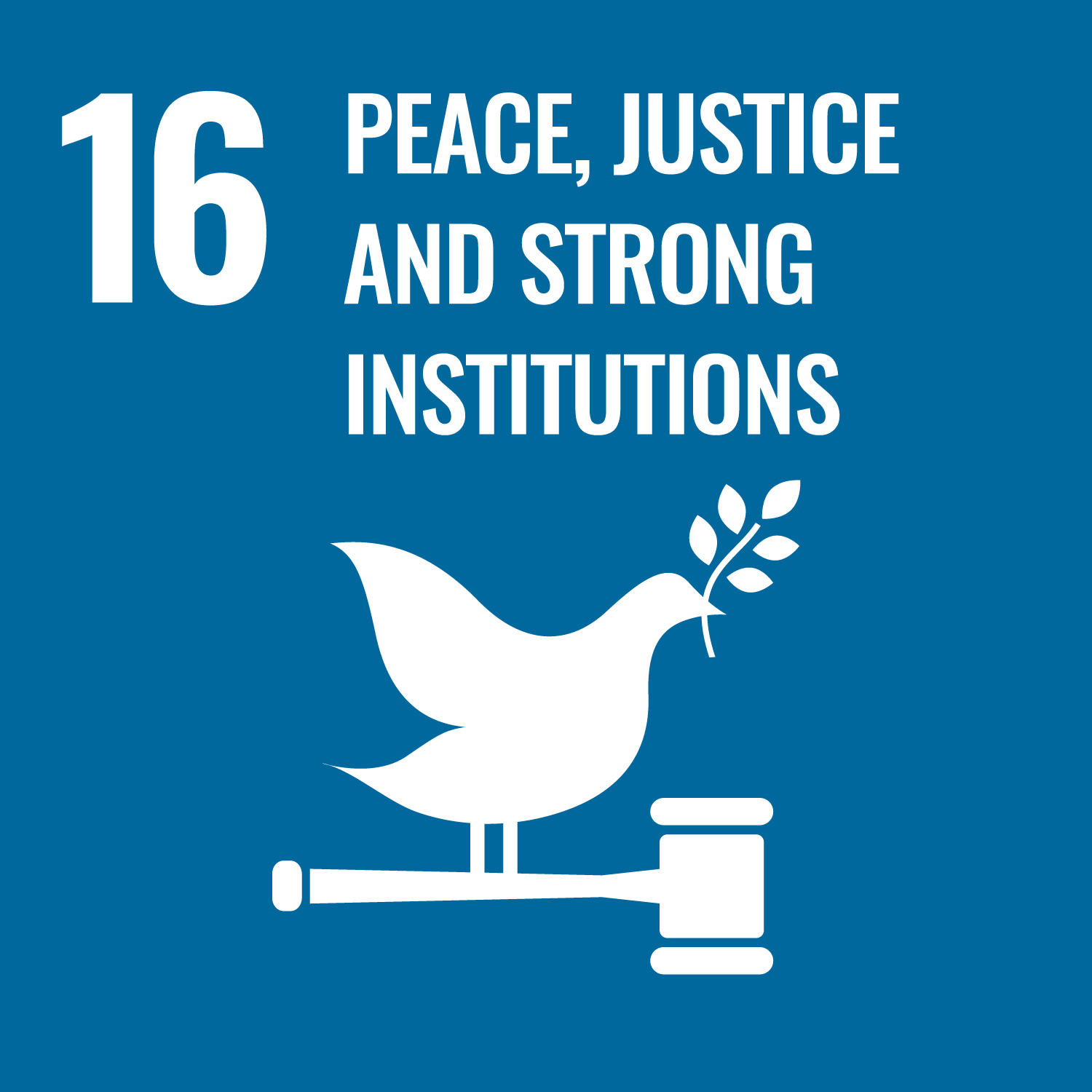Stronger Families Norfolk
Aligned SDGs


- Stronger Families Norfolk
- General overview
- Location
- Involved organisations
- Outcome metrics
- Results
- Spreadsheet of data
- Stronger Families Norfolk
- General overview
- Location
- Involved organisations
- Outcome metrics
- Results
- Spreadsheet of data
General overview
Stage of development: Implementation
Policy sector: Child and family welfare
Date outcomes contract signed: Jan 2019
Start date of service provision: Feb 2019
Anticipated completion date: Feb 2029
Max potential outcome payment: GBP 8.63m
Note on max potential outcome payment: 'Stronger Families Norfolk' does not have a cap in the number of outcomes that can be achieved and claimed for. We are sharing this figure as the funding coming from central government (DCMS) does have a limit.
Service users: 431 individuals
Intervention
The intervention used is Family Functional Therapy – Child Welfare. It seeks to improve communication and supportiveness between parents or guardians and young people, while decreasing hostility.
Target population
Children and young people (C&YP) aged 6-15. There will be two target cohorts: Edge of Care cohort and In Care (reunifications)
Location
Country
- United Kingdom
Service delivery locations
- Norfolk County Council
Involved organisations
Configuration of contracting parties:
- Intermediated. Outcome payer holds contract with social prime (led by investor)
- QBE Insurance Group
- Big Society Capital
- Project Snowball
- Pilotlight
- The Prince of Wales's Charitable Fund
- Guy's and St Tomas' Charity
- Trust for London
- Ceniarth
- Local government pension schemes
- Merseyside
- Global Business Insurer QBE
- Greater Manchester Pension Fund
- Development Bank of Japan
- Bank Workers' Charity
Outcome metrics
- Metric 1: Days out of care. (For the Edge of Care cohort, a 33% Deadweight will be applied (for those that would not have entered care). For the In Care cohort, no deadweight will apply. To be paid for up to 3 years. 341 families are expected to participate in the program, achieveing approximately 166784 days out of care.)
Results
This project started delivering services in February 2019 and is anticipated to finish in February 2029. Data was last updated in September 2024. These are interim results.
Outcome achievements
Overall target is based on the high case scenario defined in the Life Chances Fund Final Award Offer or Variation Agreements.
The graph above shows interim results for the project’s outcome achievements. Each bar represents a key participant outcome or metrics. Each metric is detailed above the graph (under the ‘Outcome metrics’ section of this page). Users can hover over the bars to access data on the expectations and achievements for that particular metric. Labels at the top of the bar represent the overall expectations for specific metrics, for the entire life of the project. The coloured section of the bar represents the project’s achievements so far.
Each bar takes the unit of analysis of the metric (if the metric is measured in number of individuals, the bar graph is representing individuals achieving that metric. If the metric is measured in weeks, the bar graph is representing weeks).
A note on targets (or expectations): the graph above shows the latest targets for the project. These targets are based on the best-case scenario expectations for every project. These targets may be different from the targets set at the start, as projects adapt to unexpected challenges or changes in circumstances. In addition, these targets could also work as a ‘cap’ for payments. We offer these parameters as a reference on outcome achievement projections. If projects are under implementation, they are not expected to have achieved any of these targets yet.
The intermediary organisation's comment on this graph:
'Stronger Families Norfolk is the first Functional Family Therapy – Child Welfare outcomes contract. The design of this outcomes contract took into consideration learning from previous family therapy outcomes contracts such as Essex or Positive Families Partnership. The intermediary and delivery partner in Stronger Families Norfolk, Bridges Outcomes Partnerships and Family Psychology Mutual, are the same as in Stronger Families Suffolk, a family therapy outcomes contract in Suffolk. This partnership as fostered innovation and knowledge sharing between both outcomes contracts. Stronger Families Norfolk was recently recommissioned by Norfolk County Council to deliver support to families for an additional year, in which the programme will have a particular focus on developing its reunification work. Stronger Families Norfolk is currently expecting to fall slightly below initial expectations in terms of volumes, which will be compensated by the higher-than-expected stability rates achieved (which are the number of families that after receiving the intervention have remained together throughout the tracking period).'
Outcome payments
The graph above shows interim outcome payment results. The x-axis displays the years since the start date of the project to the anticipated completion date. The y-axis represents the value of the payments for outcomes realised by participants in the programme. The aim of this graph is to enable users to compare the initial expectations of the project against the actual value of the outcomes that were achieved.
The dotted lines represent the different plans that projects had at different moments- labelled as ‘Plans’ in the key. The data for these dotted lines (or single dotted line) comes from the outcome payment profiles that projects shared with the commissioners and their values represent expectations according to 'best-case scenarios' (if projects achieved as many outcomes as possible). There are different dotted lines as projects can renegotiate their payment plans as they face changes that affect delivery (such as the COVID pandemic) or adjust their expectations during the life of the project. Each dotted line is made of a set of points. Each point represents a quarter. Users can hover over those points and access data on the expectations for that quarter.
The solid line shows the outcome payments that the project already claimed and received- labelled as ‘Actual’ in the key. Squared points on the 'Actual' line indicate that the payment for that quarter was a COVID-19 medium-scenario grant. This was one of the temporary funding options offered to projects during the COVID-19 pandemic (this included activity payments based on projected medium-case performance scenarios). On the top-right corner, the ‘Plans’ and ‘Actual’ lines can be selected and deselected to change which lines appear in the graph.
A note on the representation of different payment profiles (or plans): when Life Chances Fund projects reprofile their payment plans, they use a template provided by the National Lottery Fund. When they complete data for the past quarters, some projects preferred to leave those cells blank, other preferred to repeat the previous expectations and other decided to complete those cells with data from actual payments. To avoid confusions around these different criteria, we start representing a plan from the moment when the plan is valid.
The intermediary organisation's comment on this graph:
'Stronger Families Norfolk is projecting to achieve more outcome payments than initially anticipated, due to the high stability rates achieved with the families.'
Spreadsheet of data
Important Notice and Disclaimer on INDIGO Data
INDIGO data are shared for research and policy analysis purposes. INDIGO data can be used to support a range of insights, for example, to understand the social outcomes that projects aim to improve, the network of organisations across projects, trends, scales, timelines and summary information. The collaborative system by which we collect, process, and share data is designed to advance data-sharing norms, harmonise data definitions and improve data use. These data are NOT shared for auditing, investment, or legal purposes. Please independently verify any data that you might use in decision making. We provide no guarantees or assurances as to the quality of these data. Data may be inaccurate, incomplete, inconsistent, and/or not current for various reasons: INDIGO is a collaborative and iterative initiative that mostly relies on projects all over the world volunteering to share their data. We have a system for processing information and try to attribute data to named sources, but we do not audit, cross-check, or verify all information provided to us. It takes time and resources to share data, which may not have been included in a project’s budget. Many of the projects are ongoing and timely updates may not be available. Different people may have different interpretations of data items and definitions. Even when data are high quality, interpretation or generalisation to different contexts may not be possible and/or requires additional information and/or expertise. Help us improve our data quality: email us at indigo@bsg.ox.ac.uk if you have data on new projects, changes or performance updates on current projects, clarifications or corrections on our data, and/or confidentiality or sensitivity notices. Please also give input via the INDIGO Data Definitions Improvement Tool and INDIGO Feedback Questionnaire.